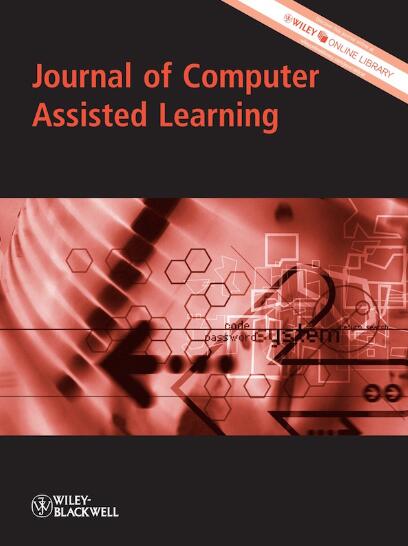A Systematic Review of Cooperation in Multi-User Virtual Reality Learning Environments
Abstract
Background
The role of virtual reality (VR) in education is increasing, which raises questions about VR learning in multi-user settings. While collaborative VR learning, characterised by shared goals and low division of labour, is well-researched, cooperative VR learning, which emphasises role differentiation and task interdependence, remains underexplored. This oversight is significant, as cooperation holds unique potential for education and inclusion by accommodating diverse learner abilities and perspectives.
Objectives
This paper explores diverse multi-user learning approaches in VR Learning Applications (VRLAs), emphasising cooperation over collaboration. It provides an overview of multi-user VRLAs, their user engagement types, target groups, subjects, availability, and educational theory integration. Distinguishing between cooperative, collaborative, and social engagement, it also identifies asymmetric cooperation in multi-user experiences.
Methods
A systematic literature review was conducted using the PRISMA framework, identifying VRLAs in educational settings which feature multi-user interactions. The review included 89 studies published since 2013, categorising VRLAs by interaction mode, symmetry, presence of a VR instructor, availability, and presence of didactic justification.
Results and Conclusions
Collaborative VR remains the dominant mode (44%), but cooperative VRLAs (37%) see growing adoption. Collaborative designs often rely on constructivist educational theory, while cooperative designs tend to leverage role specialisation to mirror real-world practices, particularly in vocational training and task-specific scenarios. However, 84% of VRLAs are inaccessible, limiting their broader application. Many studies lack robust didactic justifications, underscoring the need for clearer frameworks.


 求助内容:
求助内容: 应助结果提醒方式:
应助结果提醒方式:


